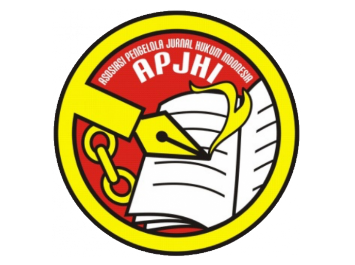Optimalisasi Regenerasi Narapidana dan Inovasi Dalam Kegiatan Kerja di Lembaga Pemasyarakatan Kelas IIB Ciamis
Abstract
Work Activities are the implementation of the Correctional Institution function as a place to provide guidance to Correctional Inmates. Guidance for prisoners is based on Law Number 12 of 1995 and its implementation is explained in Government Regulation Number 31 of 1999. Based on the goal of prison to achieve social reintegration, the Correctional Institution needs to optimize the regeneration of prisoners and create innovations in work activities as a provision of expertise to return to public. This study uses a qualitative research method with a case study approach to the implementation of work activities at the Class IIB Ciamis Correctional Institution. The results of the study explain that the Class IIB Ciamis Penitentiary implements self-reliance development through 7 areas of work activities with the number of prisoners involved as many as 26 people out of a total of 170 inmates or 15.3%. There were 144 prisoners or 84.7% of other prisoners who were not involved. The conclusion of this study is that the optimization of prisoner regeneration must be carried out immediately by collaborating with stakeholders to increase the demand for production quantities so that it involves more productive and active prisoners in activities, and the need to increase the competence of Human Resources officers, and the innovation that has been carried out by the Class IIB Ciamis Penitentiary is to create a spinach chip product (KEBAYA LACI) as a superior independence development program.
Keywords: Work Activities, Regeneration, Innovation, Correctional Institution
Copyright (c) 2022 Jurnal Hukum Samudra Keadilan

This work is licensed under a Creative Commons Attribution-NonCommercial 4.0 International License.
Authors who publish with this journal agree to the following terms:
- Authors retain copyright and grant the journal right of first publication with the work simultaneously licensed under a Creative Commons Attribution License that allows others to share the work with an acknowledgment of the work's authorship and initial publication in this journal.
- Authors are able to enter into separate, additional contractual arrangements for the non-exclusive distribution of the journal's published version of the work (e.g., post it to an institutional repository or publish it in a book), with an acknowledgment of its initial publication in this journal.
- Authors are permitted and encouraged to post their work online (e.g., in institutional repositories or on their website) prior to and during the submission process, as it can lead to productive exchanges, as well as earlier and greater citation of published work.











